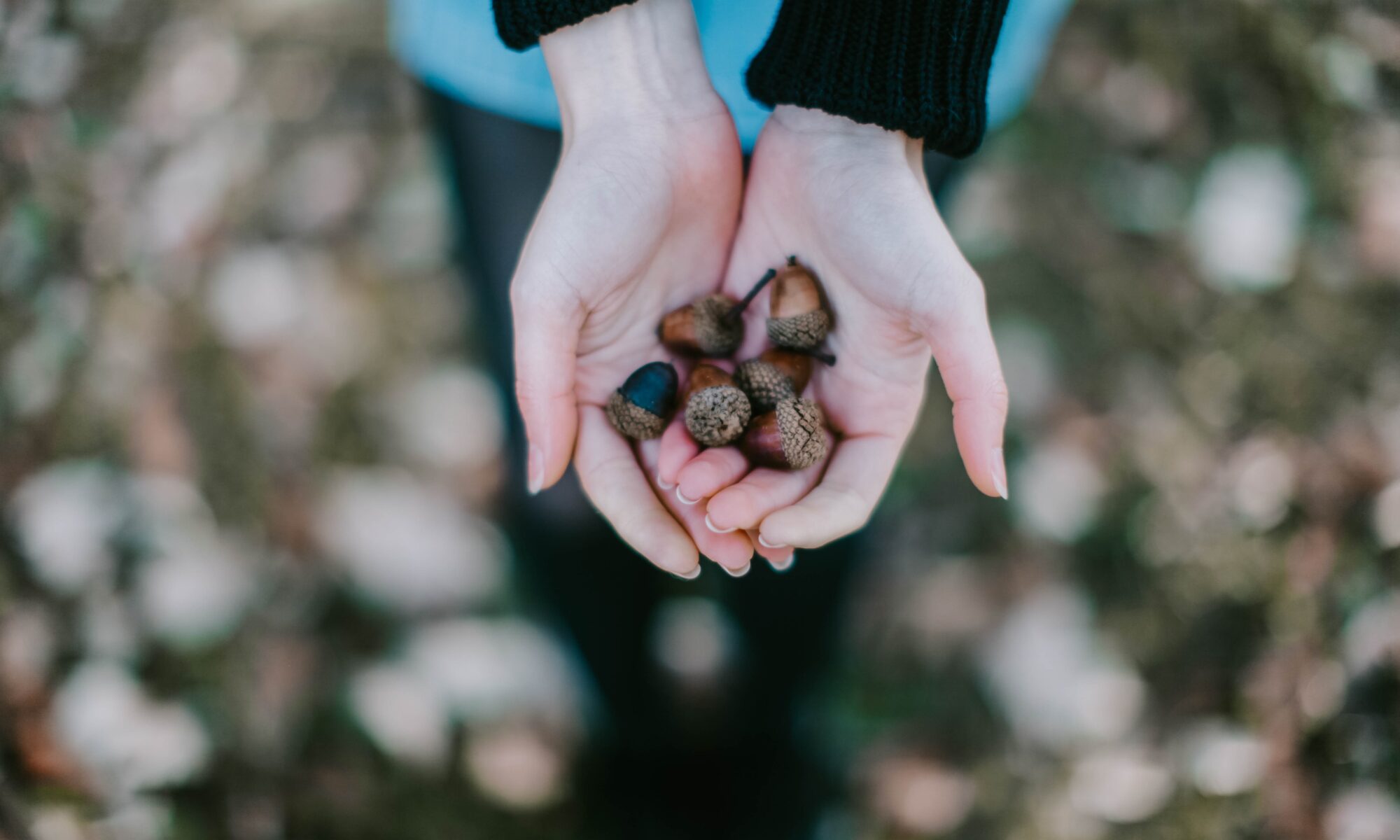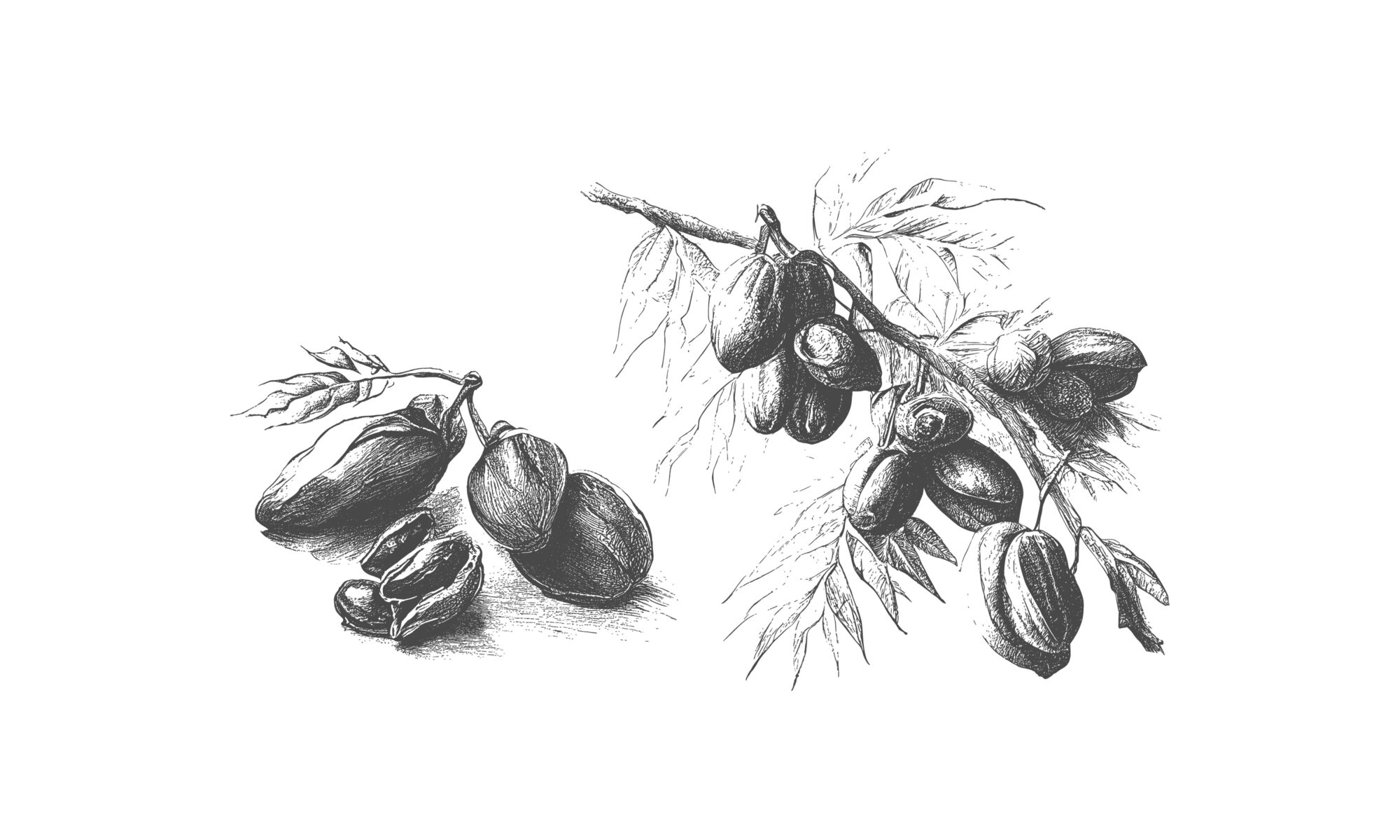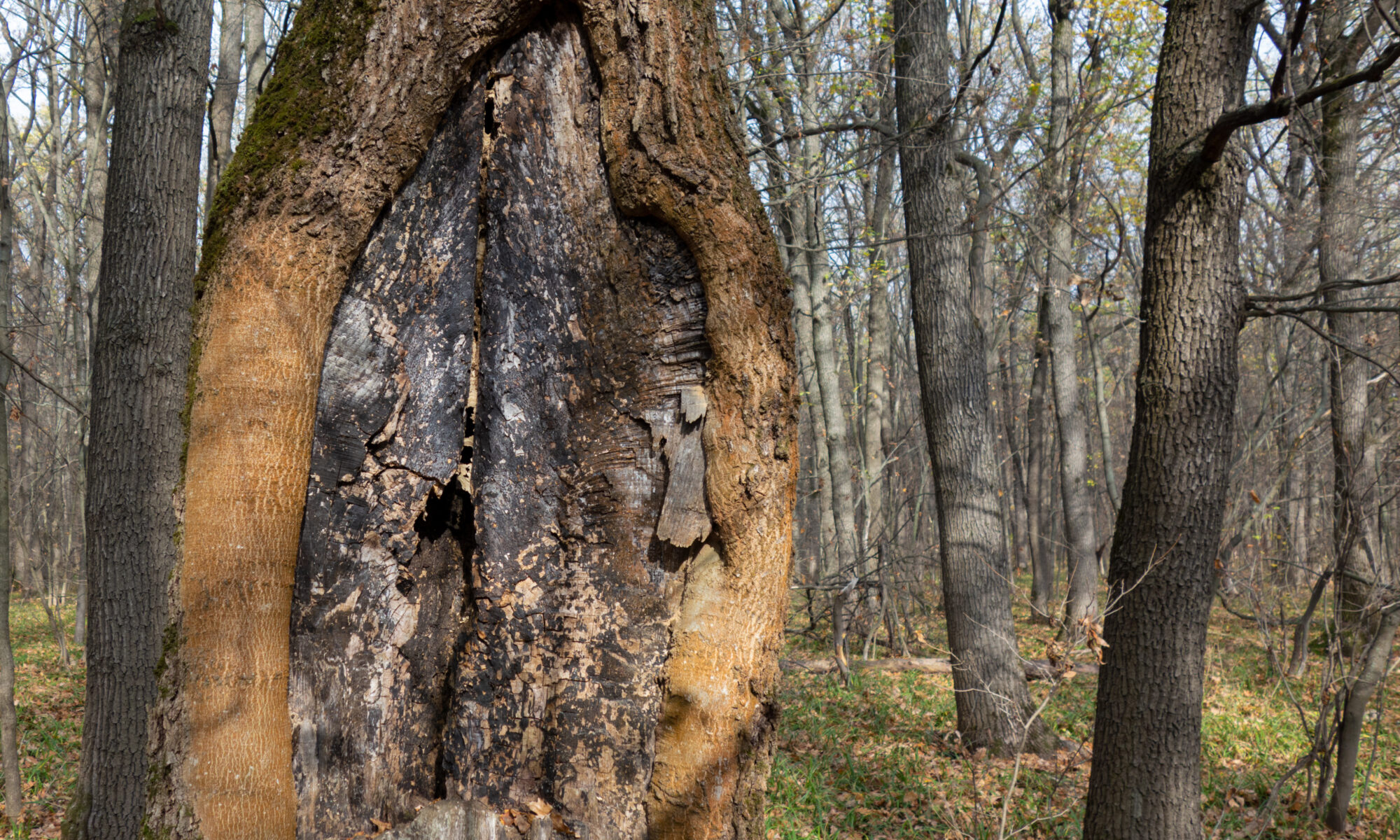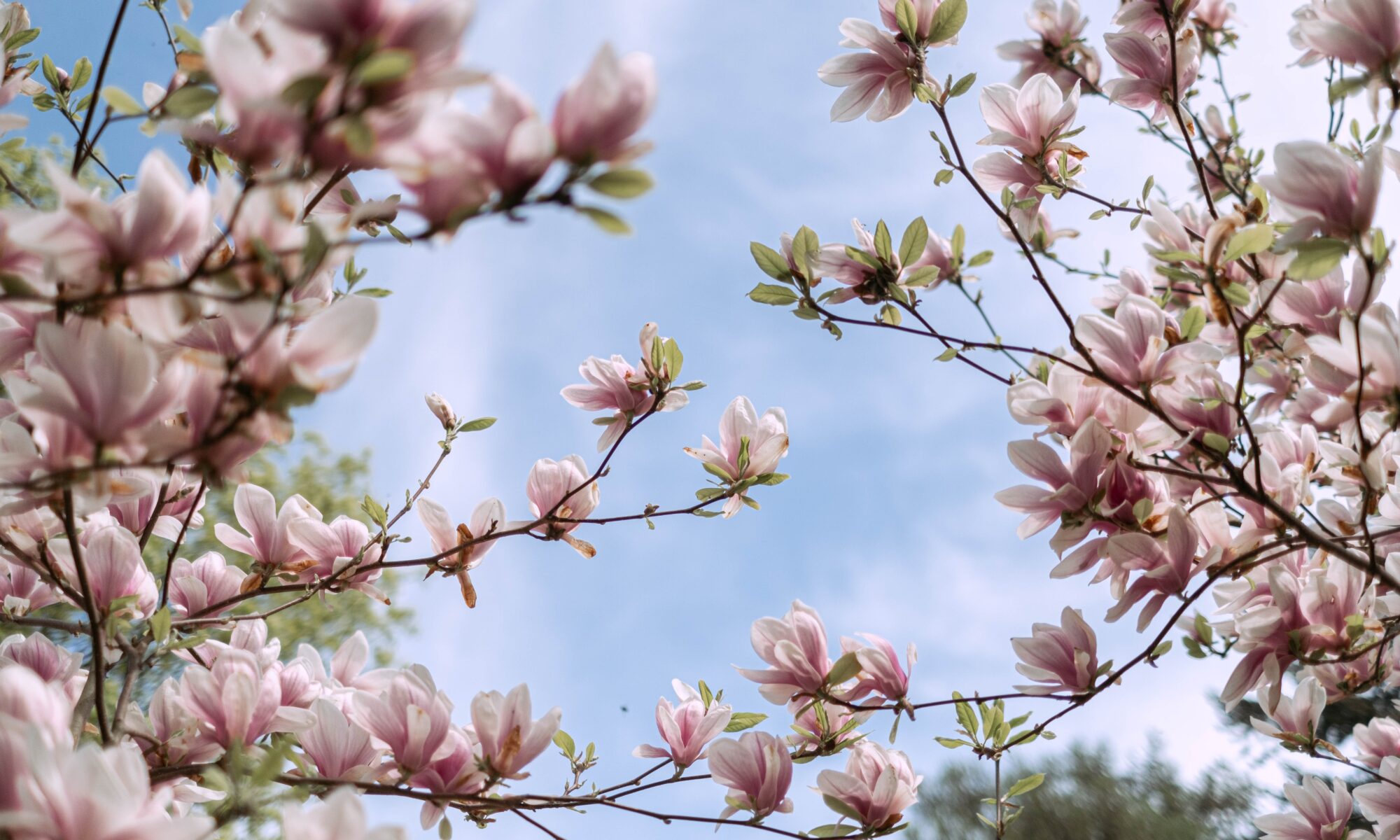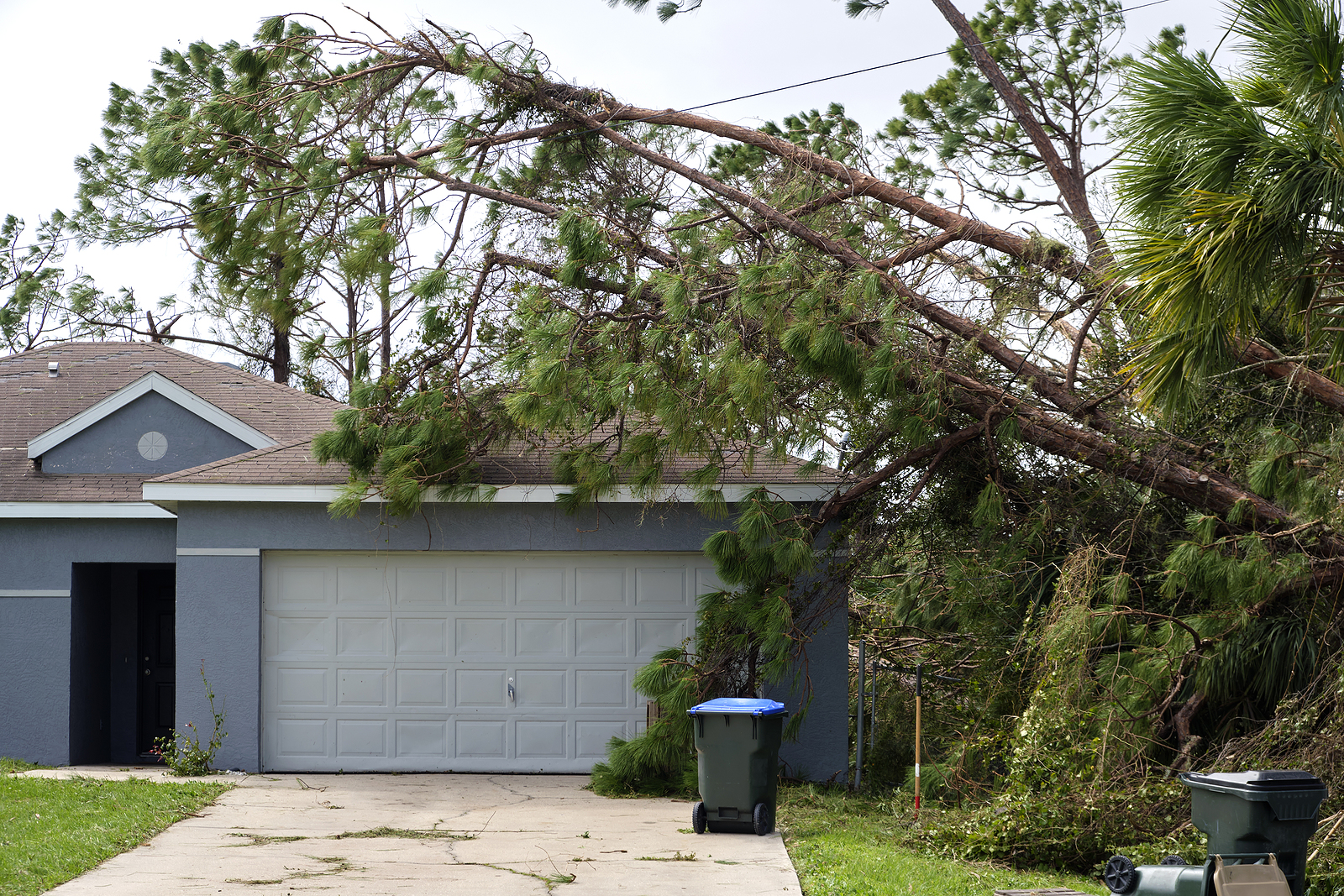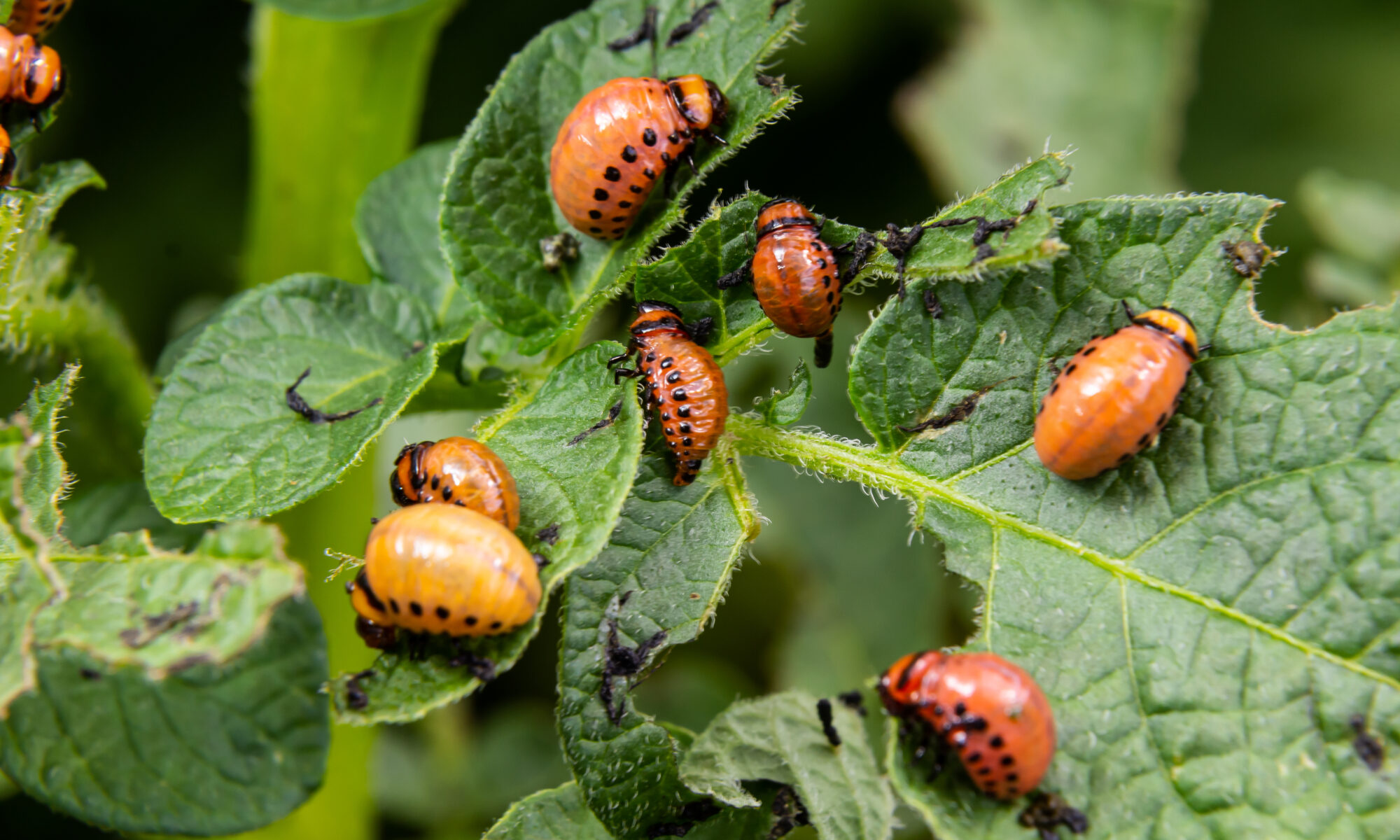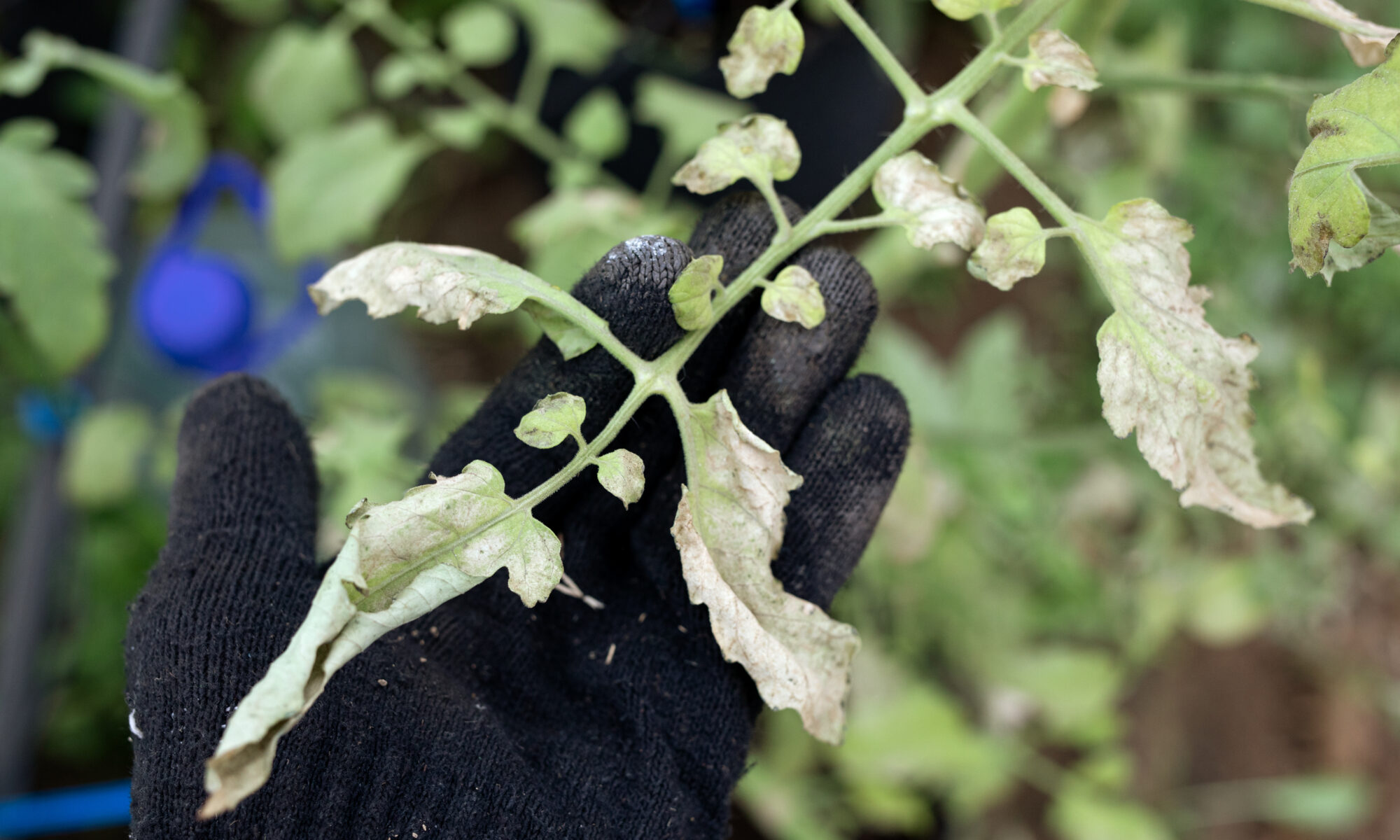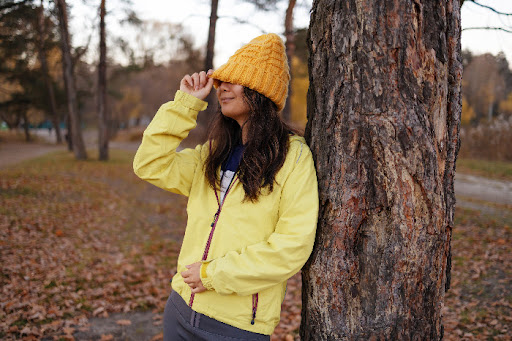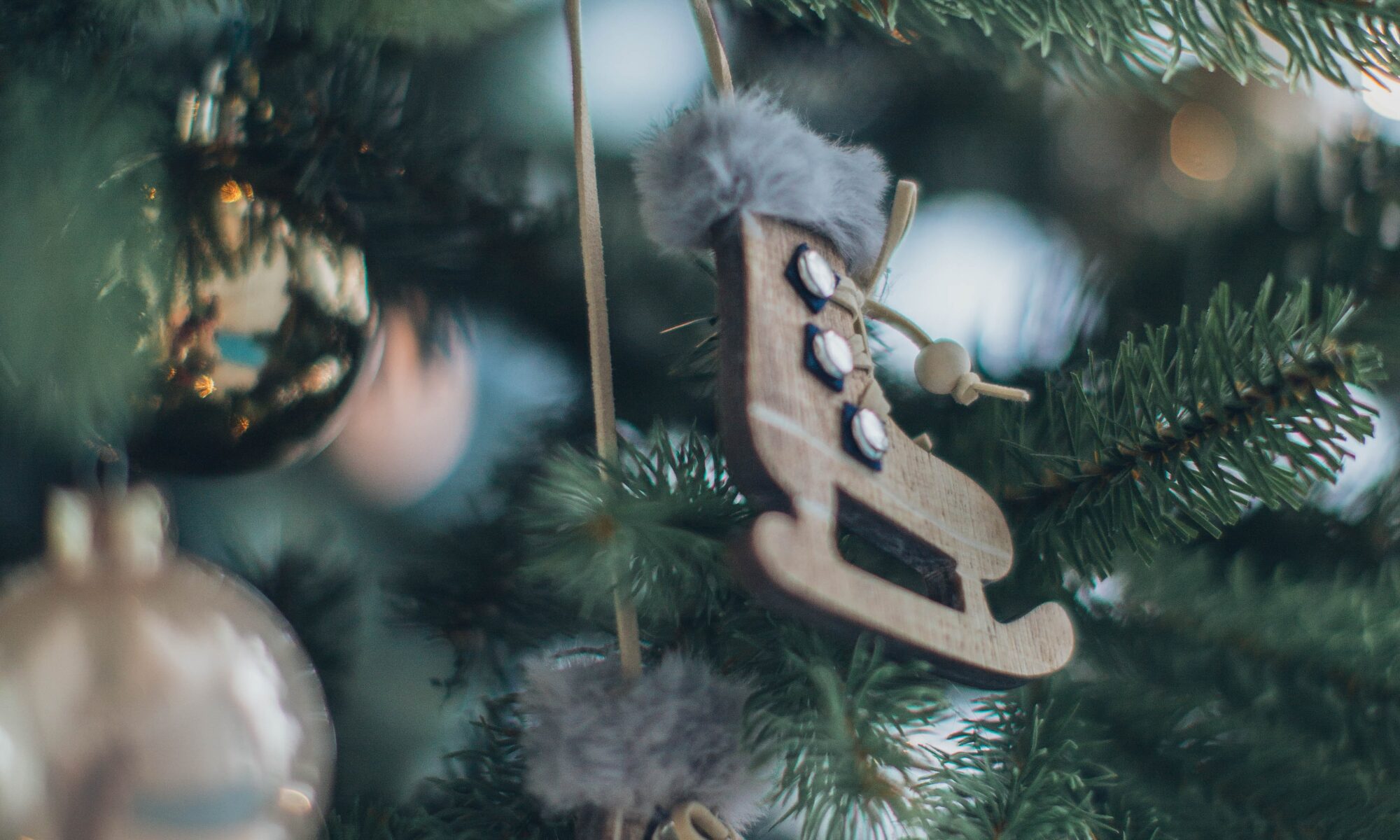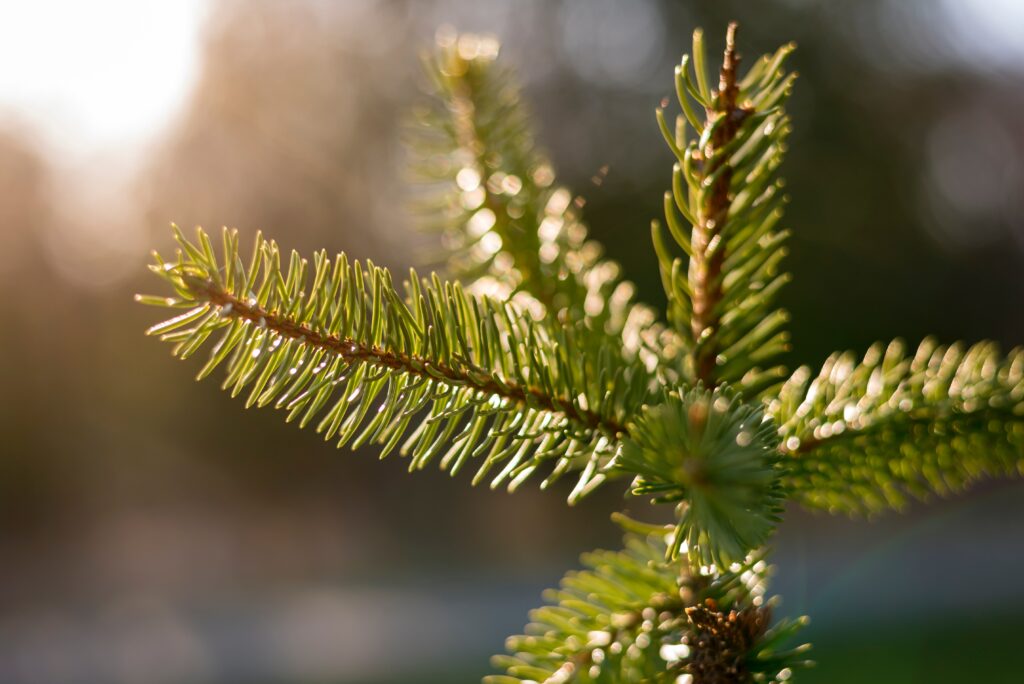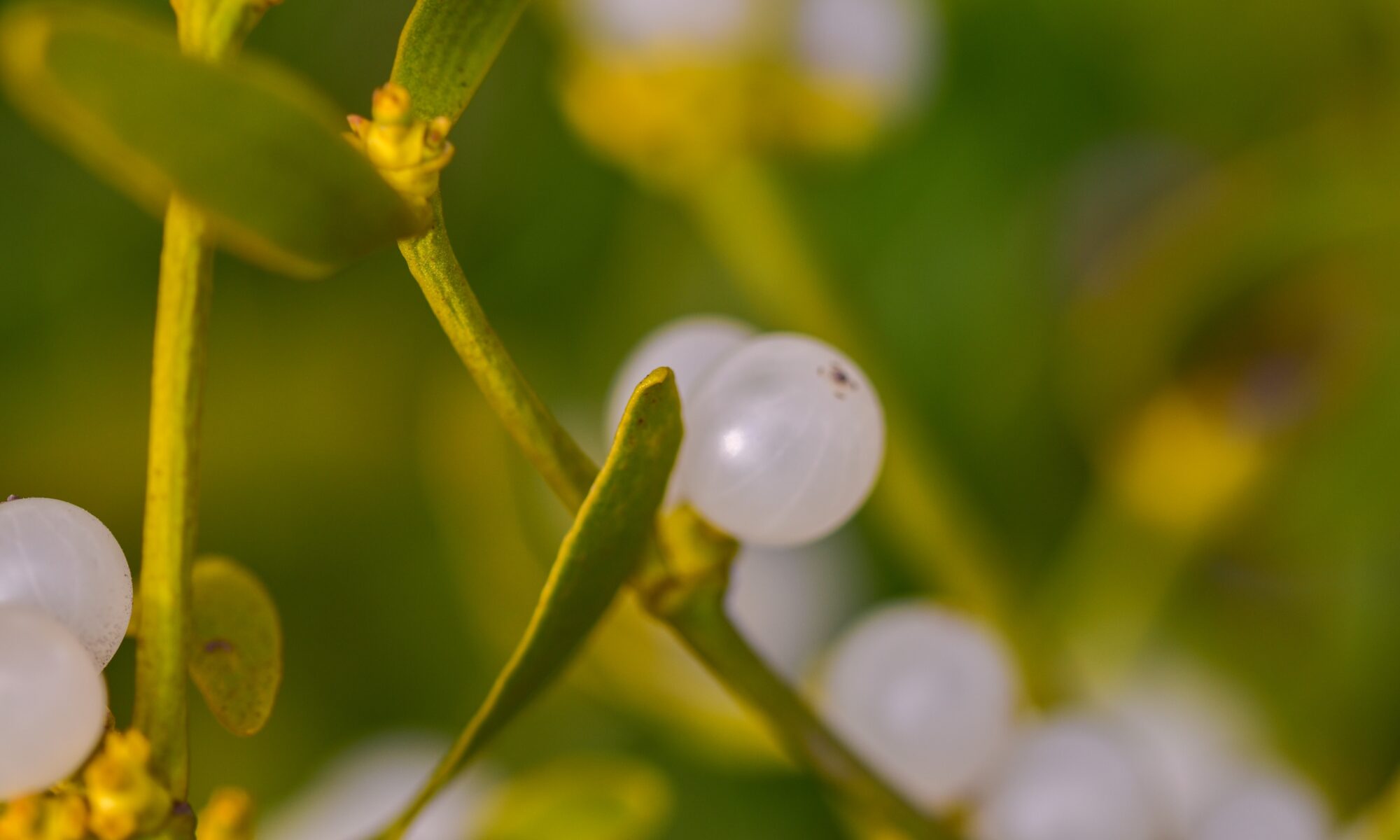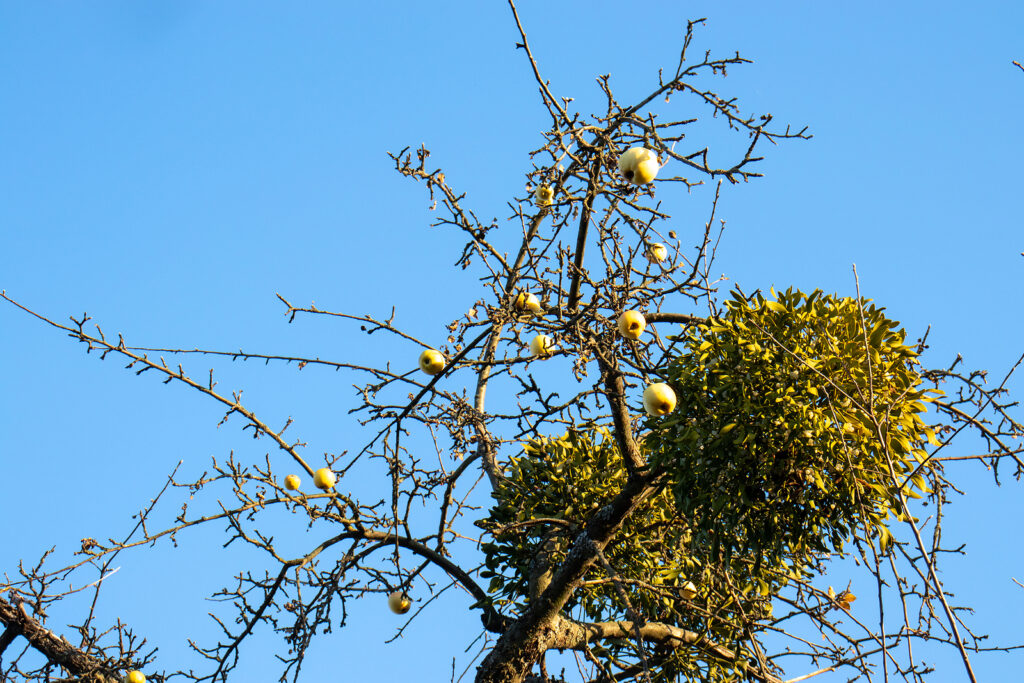Drippy nut disease has garnered its share of attention in recent years, leading to a host of misconceptions and confusion. This peculiarly-named disease can seriously impact the health of your trees, but what’s the real story behind it? Today, we’re setting the record straight by separating fact from fiction. Get ready to learn how to protect your trees! 🌲🛡️
What is Drippy Nut Disease?
First things first, let’s uncover the basics of this mysterious ailment. Drippy nut disease, also known as phytophthora, is a fungal infection that targets nut-producing trees like pecans, walnuts, and almonds. This disease is caused by the Phytophthora fungus, which invades the roots and bark of trees, leading to symptoms like rotting, oozing sap, and ultimately, the decline of the tree’s health.
The Truth About Transmission
📣 FACT: Drippy nut disease can spread in multiple ways.
Several factors contribute to the transmission of this disease. Phytophthora fungus thrives in wet and poorly drained soil, so waterlogged areas are the perfect breeding ground for the infection. It can also spread through contaminated tools, plant materials, and even footwear!
🔍 FICTION: Drippy nut disease only affects trees that produce nuts.
While the name might suggest otherwise, drippy nut disease doesn’t just impact nut-producing trees. It can also target fruit-bearing trees like apple, cherry, and peach trees. So, staying vigilant and protecting your entire orchard from this harmful fungus is essential.
Symptoms and Diagnosis 🌡️
Detecting drippy nut disease early can be the key to saving your trees. Keep an eye out for these common symptoms:
- Swollen and discolored roots
- Oozing sap from the trunk
- Yellowing or wilting of leaves
- Dieback of branches
- Premature nut drop
To diagnose the disease, a professional arborist will usually take samples of the infected tree tissue and conduct lab tests to confirm the presence of Phytophthora fungus.
H3: The Damage Done: A Closer Look at the Impact 🌪️
📣 FACT: Drippy nut disease can have a significant economic impact on the agriculture industry.
When left untreated, this disease can cause tree decline and eventual death. This not only results in a loss of valuable nut and fruit crops but also increases tree removal and replacement costs.
Let’s take a look at some statistics to understand the scale of the problem better:
😱 30-50%: The potential yield loss for infected almond trees
😰 20-40%: Estimated yield loss for infected walnut trees
😨 10-20%: Estimated yield loss for infected pecan trees
🔍 FICTION: Drippy nut disease is untreatable and invariably fatal.
While drippy nut disease can be devastating, it’s not a death sentence for your trees. Early detection and proper management can help control the infection and prevent its spread. In some cases, trees can recover and continue producing healthy crops.
H2: Prevention and Treatment Strategies 🚑
🌱 FACT: Multiple ways exist to manage and prevent drippy nut disease.
To keep your trees healthy and free from drippy nut disease, follow these best practices:
1️⃣ Improve drainage: Since the Phytophthora fungus thrives in wet conditions, improving soil drainage can help prevent the spread of the disease. Consider planting trees on raised beds or installing drainage systems to minimize waterlogging.
2️⃣ Practice good sanitation: Disinfect tools, footwear, and equipment to avoid spreading the disease from one tree to another. Remove and destroy any infected plant material to reduce the risk of contamination.
3️⃣ Apply fungicides: Fungicides can be an effective way to manage drippy nut disease when used correctly. Consult an arborist or agricultural extension agent for guidance on the best fungicides for your specific tree species and how to apply them safely.
4️⃣ Use resistant rootstocks: Planting trees grafted onto rootstocks resistant to Phytophthora can help reduce the risk of infection. Consult with a nursery or tree specialist to determine the best rootstock options for your area.
🔍 FICTION: Once a tree is infected, it must be removed immediately.
In some cases, infected trees can still recover and produce healthy crops with proper management. However, if the disease has progressed significantly, and the tree’s health continues to decline, removal may be the best option to prevent the spread of the infection.
The Takeaway 🎯
Drippy nut disease can pose a real threat to your trees and your wallet, but with a little knowledge and proactive measures, you can keep your trees healthy and productive. Remember to stay vigilant, monitor your trees for signs of infection, and seek professional advice for treatment and prevention strategies. By separating fact from fiction, you can take control and protect your trees from the damaging effects of drippy nut disease.
Ready to Safeguard Your Trees? 🌳💚
Don’t wait for drippy nut disease or any other tree ailment to wreak havoc on your precious greenery. Get ahead of the game with the help of Sexy Trees, the Bay Area’s premier tree care specialists. Our team of certified arborists is passionate about keeping your trees healthy, vibrant, and downright alluring. 🌴😍
💡 Time for action! Contact Sexy Trees today for a free consultation, and let us show you how to transform your trees into the envy of the neighborhood. We’ve got you covered, from disease prevention and diagnosis to expert pruning and maintenance. 💯
📞 Give us a call at 925-217-7259 or visit our website to book your appointment. Let’s make the Bay Area greener and sexier, one tree at a time!
 Bringing Sexy Back Into Your Yards
Bringing Sexy Back Into Your Yards 
